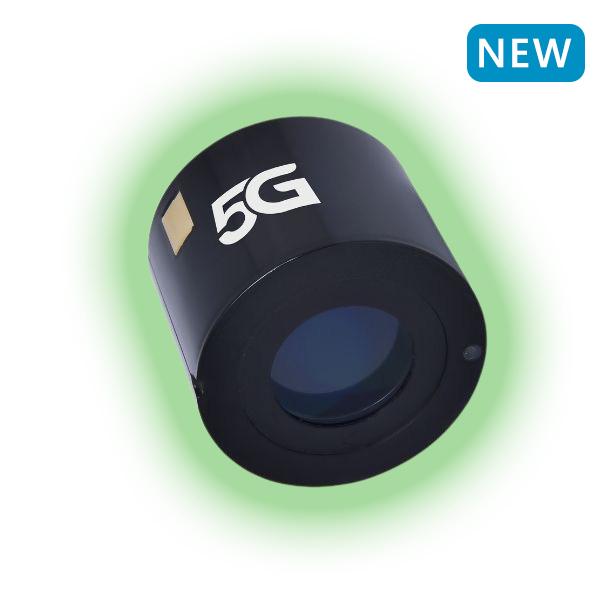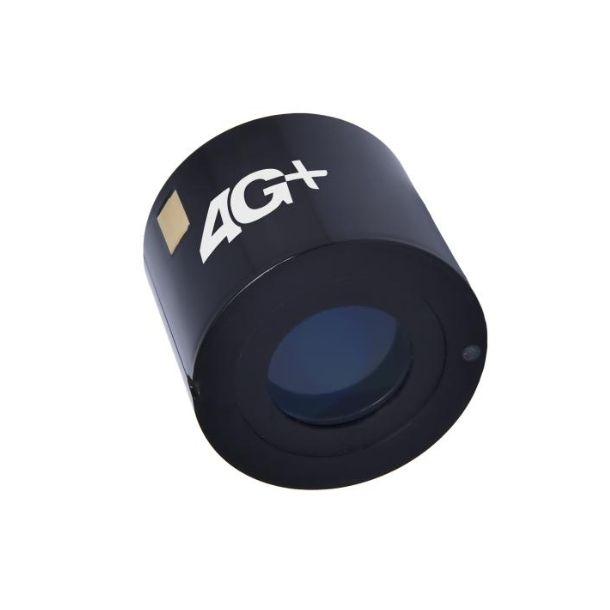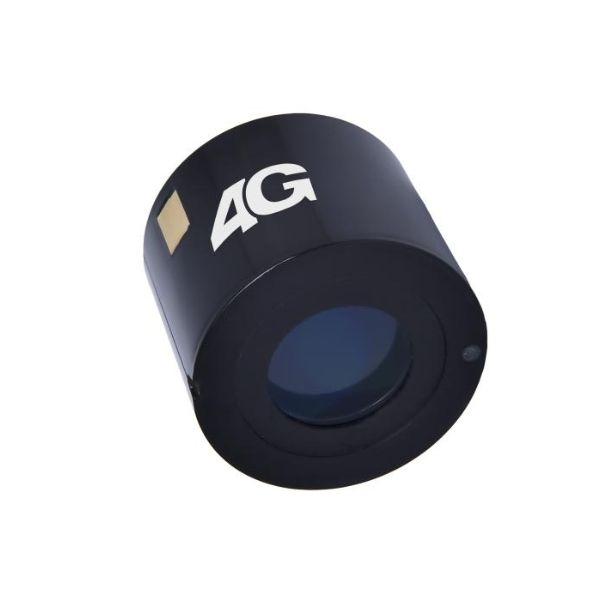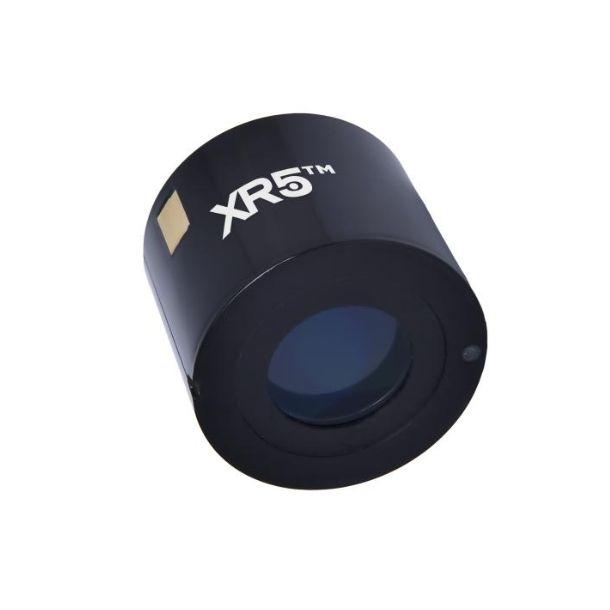Night Vision has become a key opto-electronic technology in modern warfare as more and more combats take place by night. Photonis image intensifier tubes are integrated into equipment of the world’s leading suppliers of optical systems. Within Exosens, Photonis is the world leader in the design and manufacturing of state-of-the-art image intensifier tube for Defense. Photonis offers the highest quality of image intensifier tubes for a wide range of night vision devices to give soldiers a strategic advantage in night operations.
Thanks to its experience and expertise for over 85 years, first tier military forces rely upon and trust Photonis to satisfy their mission critical needs under dynamic lighting conditions. Depending the FOM needed, several ranges of night vision tubes are available. Discover the different image intensifier tubes for Defense available below.
Learn more about night vision intensifier tubes for Defense
Need some answers? Ask our experts!
Contact us![]()
To meet the evolving night vision requirements of modern armed forces, Photonis expands its portfolio with the brand new 5G image intensifier tube. This ultimate performance technology is designed to support the most demanding operational environments, where every second and every detail matter.
The 5G offers significantly reduced noise, delivering crystal-clear images even in ultra-low-light conditions. It features enhanced resolution for improved target identification and increased gain, while maintaining high performance over time. Seamlessly integrating into all night vision systems used by military forces - night vision goggles, clip-on weapon sights - it ensures optimal clarity and contrast -even in the most challenging operational environments.










Learn more about night vision intensifier tubes for Defense for Defense
Night Vision has become a key opto-electronic technology in modern warfare as more and more combats take place by night. Photonis image intensifier tubes are integrated into equipment of the world’s leading suppliers of optical systems. Within Exosens, Photonis is the world leader in the design and manufacturing of state-of-the-art image intensifier tube.
Photonis' image intensifier tubes are designed to meet the rigorous standards of the defense industry, providing reliable performance in all types of environments, from deserts to urban landscapes. Its IIT offers the highest quality for a wide range of night vision devices to give soldiers a strategic advantage during operations in the dark.
From clip-on weapon sights to helmet-mounted devices like monoculars and binoculars, night vision systems equipped with Photonis IITs empower soldiers to navigate and engage targets with precision in low-light environments. By prioritizing both performance and soldier comfort, Photonis continues to push the boundaries of night vision technology, providing soldiers with the tools they need in modern warfare.
Thanks to its experience and expertise for over 85 years, first tier military forces rely upon and trust Photonis to satisfy their mission critical needs under dynamic lighting conditions.
The most important factors in selecting an image intensifier tube for a Night Vision Device (NVD) are the purpose for which it will be used, and the environment, the field, in which it will operate. Three critical factors are Detection range, Recognition range, and Identification range (DRI). These different types of ranges determine the performance of night vision equipment.
The performance metric of a night vision intensifier tube depends heavily on the light level. At a low light level, certain characteristics are more important than that at a high light level. Today’s IIT must be flexible enough to also operate under very dynamic illumination conditions. In military applications, Night Vision Devices (NVD) are developed with the ability to provide a clear image thanks to the contribution of light coming from external sources such as stars, moon or artificial light of the cities.
Whereas infrared imaging products, such as thermal (LWIR) or Shortwave Infrared (SWIR) sensors, are optimized for day-through-night lighting conditions, night vision is the ability to operate safely in night or in any environment under low light conditions.
While choosing NVDs, a lot of important performance parameters need to be considered and particularly the FOM because it is used to determine the overall performance of the Image Intensifier Tube (IIT) and is calculated as a product of the IIT resolution by the Signal-to-Noise Ratio (SNR). The FOM (Figure Of Merit) of Photonis intensifier tubes is a testament to their quality and performance. By combining resolution and signal-to-noise ratio, the FOM quantifies the overall capability of the image intensifier tube, ensuring that users receive the highest standard of vision enhancement. This metric underscores Photonis' commitment to delivering top-tier solutions for defense applications.
Photonis' image intensifier tubes feature advanced photocathode technology, enabling them to capture and amplify light with exceptional efficiency. This cutting-edge technology, combined with precision lenses and Auto-Gating options, enables that users receive enhanced clarity and detail during night time operations.
Photonis image intensifier tubes set the standard for excellence in night vision technology. Night vision has evolved with different generations (gen) of image intensifier tubes (IITs) but Photonis was the 1st manufacturer in the world to develop and sell white phosphor IITs and is also the sole company to offer a 16mm format intensifier tube.
White phosphor, or P45, provides excellent recognition and has similar decay time properties as the P43 (green) phosphor. In night vision, white phosphor IIT comes from the aviation and special operations world. During trials of soldier’s performance under green and white phosphor night vision, no combat effectiveness difference was found. That’s why phosphor color is often a personal preference, the most important criteria being for the operator to have as less eye fatigue as possible.
The 16mm IIT, a new standard has enabled the design of modern, lighter and smaller night vision binoculars. Reducing the load on a soldier is a constant challenge. We can notice a real evolution concerning the size and weight of our image intensifier tubes. We talk about SWaP: Size Weight and Power.
Reduction of SWaP contributes to achieve efficiency and effectiveness gains of armed forces. This consideration is really important for operators relying on helmet or head-mounted systems, where even the slightest gram can impact mobility and comfort. Night vision devices that are designed around the 16mm IIT offer the tremendous advantage of having the same level of performance as solutions based upon the 18 mm intensifier tube, but with significantly reduced weight.
To explore further, here are some additional resources below to learn more about night vision intensifier tubes, their benefits, and our cutting-edge technology:
- Discover our expertise and powerful solutions in visible technology
- Read the article photonis’ 4g standard now available to us market
- Read the article spanish special forces choose photonis
- Read the article photonis awarded by occar
- Read the article instro precision for the uk ministry of defence
- Discover Photonis photo-detection and low light conditions imaging Solution
What's new in Image intensifier tubes for Defense?
See all
Dec 10th 2025
Historic Night-Vision Contract
Exosens and Theon International announce the signing of a contract with OCCAR for 100,000 night-vision MIKRON binoculars

Paris.
FROM Nov 18th 2025 TO Nov 21st 2025
Milipol Paris 2025
Join Exosens at Milipol Paris 2025, the world’s leading event for homeland security and safety, taking place at Parc des Expositions Nord Villepinte in Paris, France.

Sep 29th 2025
Spanish army major contract
Exosens secures major contract with the Spanish army for 17 000 advanced night vision monoculars
